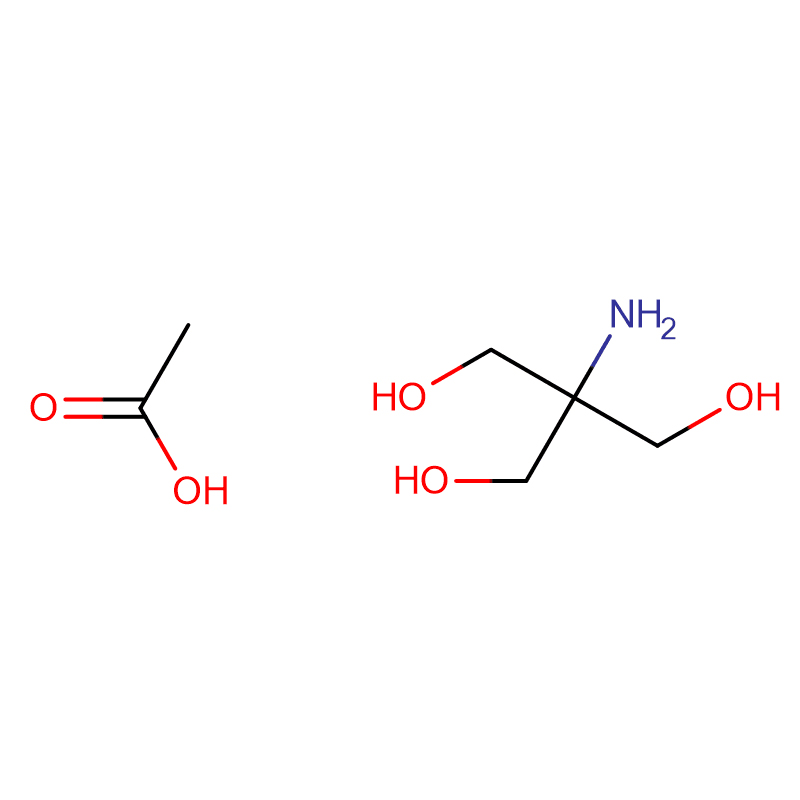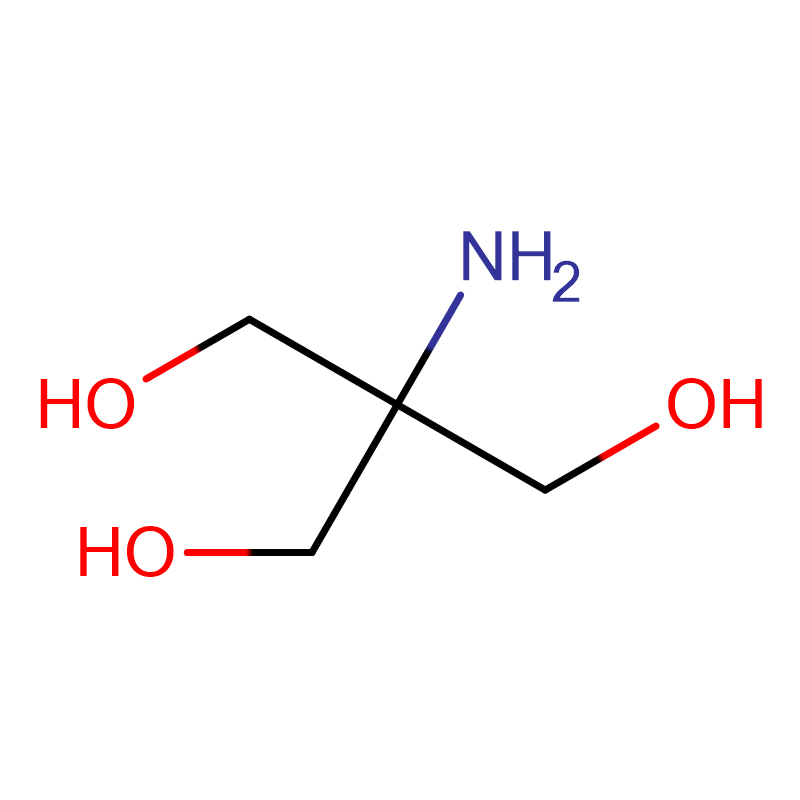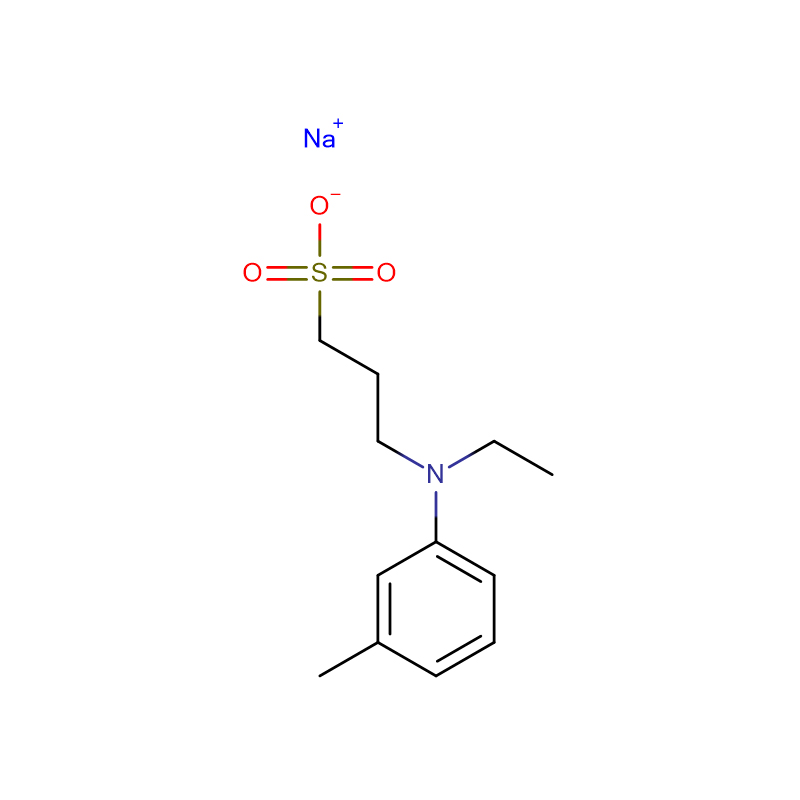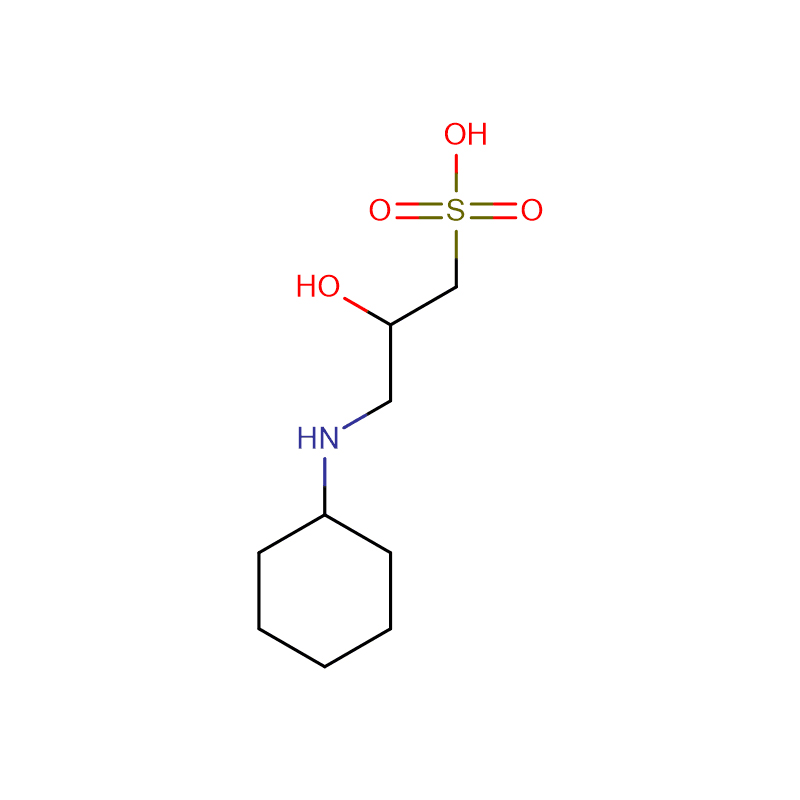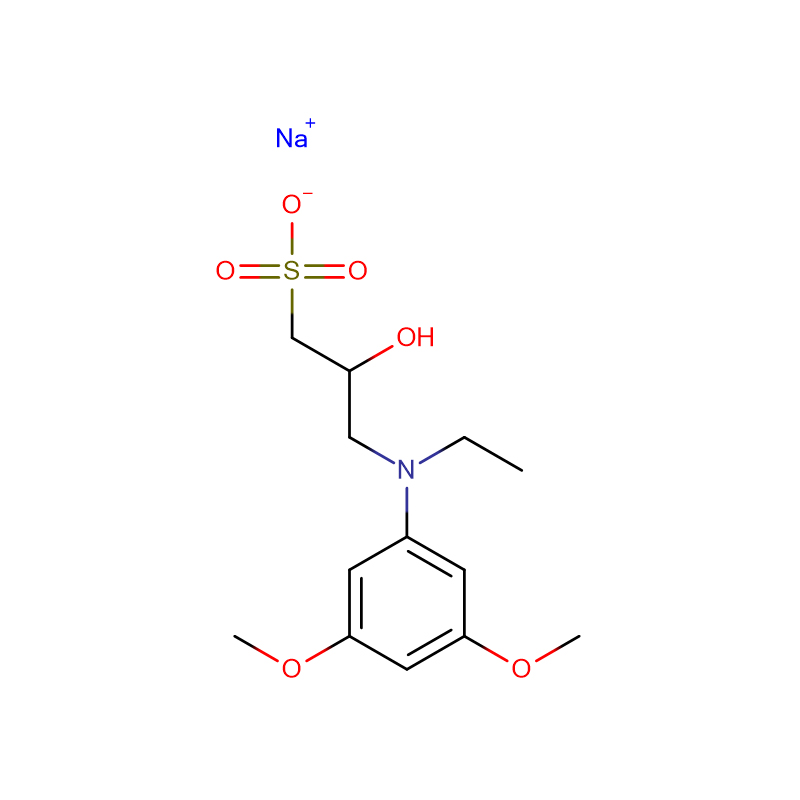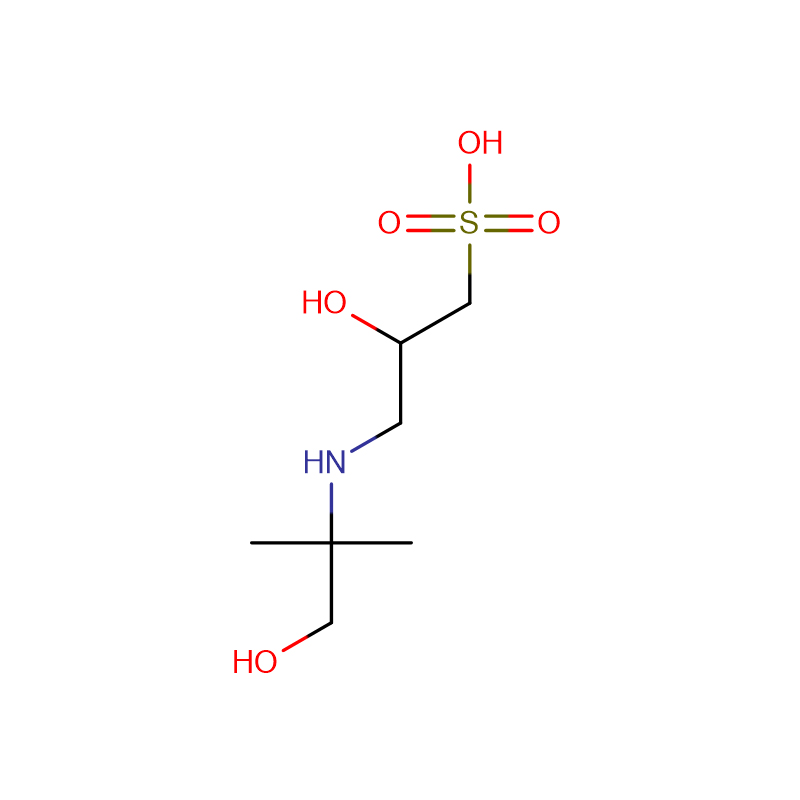TRIS-Acetate Cas: 6850-28-8 99% White crystalline powder
| Catalog Number | XD90123 |
|
Product Name |
TRIS-Acetate |
|
CAS |
6850-28-8 |
|
Molecular Formula |
C14H17N3O4 |
|
Molecular Weight |
291.30248 |
|
Storage Details |
Ambient |
|
Harmonized Tariff Code |
29221900 |
Product Specification
|
Melting Point |
117 - 118°C |
|
pH |
6-7 |
|
Solubility |
Soluble in water |
|
Water Content (KF) |
<0.2% |
|
Appearance |
White crystalline powder |
|
IR spectrum |
Conforms to structure |
Tris acetate salt is frequently used in the preparation of TAE (Tris-acetate-EDTA) buffer, which is used as a running buffer and in agarose gels. Tris Acetate-EDTA buffer is used for DNA agarose gel electrophoresis but is also used for non -denaturing RNA agarose gel electrophoresis. Double-stranded DNA tends to run faster in TAE than in other buffers and may become exhausted during extended electrophoresis. Buffer circulation or buffer replacement during extended electrophoresis can remedy the lower buffering capacity. May be used at various concentrations to study the mobility of DNA in solution. Since borate in TBE buffer (Tris-Borate-EDTA Buffer, 10X Powder Pack, sc-296651) is a strong inhibitor for many enzymes, TAE buffer is recommended when looking at enzymatic applications for the DNA sample. Tris acetate salt is also a buffer with high sensitivity in ATP assays with firefly luciferase.
Uses: TAE running buffer is the most commonly used buffer for DNA agarose gel electrophoresis, and is also used for native RNA agarose gel electrophoresis. Double-stranded DNA tends to move faster in TAE than in other buffers, but also fails to swim due to depletion of buffer ions during prolonged electrophoresis. Buffer cycling or buffer exchange during prolonged electrophoresis can compensate for the lower buffer capacity. 2 Dilute the concentrated TAE buffer to obtain 1 mMTAE buffer containing 40 mM Tris acetate and 1 mM EDTA, pH 8.3. 1 mMTAE buffer can be used both in agarose gels and as a running buffer. For maximum resolution, it is recommended that the applied voltage be lower than 5V/cm (distance between unit electrodes).
Application: TAE running buffer is the most commonly used buffer for DNA agarose gel electrophoresis in Chemicalbook gel, and it is also used for non-denaturing RNA agarose gel electrophoresis. Double-stranded DNA tends to move faster in TAE than in other buffers, but also fails to swim due to depletion of buffer ions during prolonged electrophoresis. Buffer cycling or buffer exchange during prolonged electrophoresis can compensate for the lower buffer capacity. The concentrated TAE buffer was diluted to obtain 1 mMTAE buffer containing 40 mM Tris acetate and 1 mM EDTA, pH 8.3. 1 mMTAE buffer can be used both in agarose gels and as a running buffer. For maximum resolution, it is recommended that the applied voltage be lower than 5V/cm (distance between unit electrodes).
Uses: In the detection of ATP with firefly luciferase, this product is the most sensitive buffer; glutamate binding detection.
Displaceable binding of [3H]l-glutamic acid to non-receptor materials.
[3H]L-glutamic acid binding to microfuge tubes and glass was investigated in four buffers. Background binding to these materials was negligible, but was increased by centrifugation or suction in Tris-HCl and Tris-citrate buffer. This binding was much less or When HEPES-KOH, or Tris-acetate buffer was used instead. [3H]L-glutamate binding to microfuge tubes was inhibited by L- but not D-isomers of glutamate and aspartate. DL-2-amino-7-phosphonoheptanoic acid also did not inhibit the binding. Other compounds which showed low to moderate inhibition were: N-methyl-D-aspartate, quisqualate, L-glutamic acid diethyl ester, N-methyl-L-aspartate, kainate, and 2-amino-4 -phosphonobutyrate. Binding was inhibited by denatured rat brain membranes. A protein-dependent [3H]glutamate binding was obtained with a repeatedly frozen-thawed membrane preparation when binding was done in Tris-acetate buffer. It is recommended that Tris-acetate or HEPES -KOH buffer should be used in the glutamate bin ding assay. If Tris-HCl or Tris-citrate buffer is used, appropriate control experiment should be done to correct for binding to microfuge tubes or glass fiber filters.


